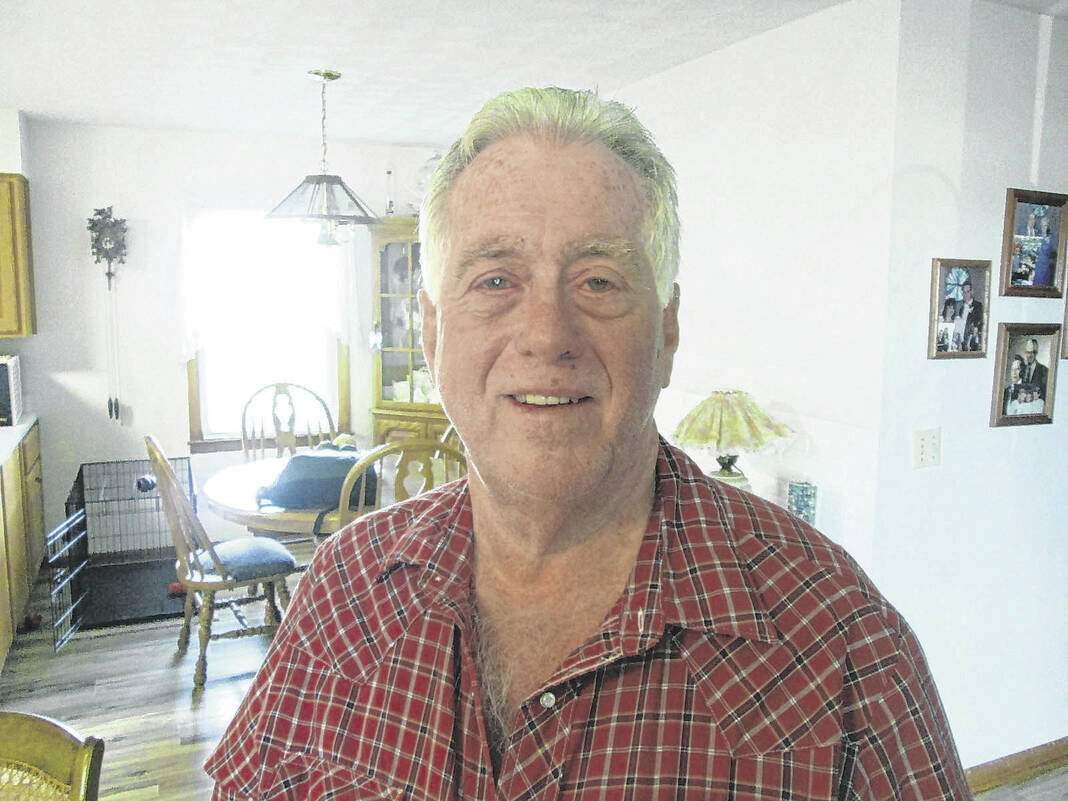
Spring not only brings flowers to local gardens, but beautiful flowers also begin to bloom in woods, fields, ditches and almost any other outdoor spot.
They require no weeding, watering, planting or any of the other chores required by most flower gardens.
Back in my younger days, when I still spent a lot of time wandering the outdoors searching for deer antlers, owl pellets, animal skulls, insects, weeds, leaves, nuts and many other items for my collections, I also looked for wildflowers.
While studying for my wildlife management degree at Purdue University, I took classes on identifying almost every plant and animal in the woods, fields, waters and air around West Lafayette.
I had a year of dendrology (tree identification), a semester of the nature and properties of soils, classes in duck ID, both in the air and water, I learned to identify other birds, insects, mammals (and their skulls), fishes of the lakes, ponds, and creeks of north central Indiana, and most of the plants both in and out of the water.
This included wildflowers.
I continued studying most of this after I graduated because our daughter had 4-H projects in many of these areas.
Back when pictures were taken on a 35mm camera with film inside, which had to be taken to the store to be developed, I took probably several hundred photos of wildflowers while walking through woods and fields.
I also carried a field guide with me to help identify any of these plants I did not already know.
I realize now most people can carry a camera and the identifying guide in the palm of their hand in one unit.
But, field guides are still helpful.
Many are divided into sections to identify wildflowers by spring, summer and fall, making it simpler to identify what you are seeing.
Other books are sectioned by colors.
If you are looking at a yellow flower, just go to that section.
Most will also tell you if a certain flower is usually found in woods, bogs, fields, roadsides or other areas.
I don’t know if your current phone or electronics can do that or not, since I still prefer using a book.
The Peterson Field Guide to Wildflowers I have is arranged by color, form and detail.
Another book I have shows a map of the United States with the part of the country where each flower can be found.
Many wildflowers are so numerous they can be seen from the road while passing a woodlot or roadside ditch.
Spring beauties will carpet an entire area with their tiny white flowers with pink veins. But, many flowers have to be found by walking through an area because they are rare or just found in small clumps.
Trilliums are a beautiful flower coming in white (snow trillium) or red (wake robin).
May apples are a common flower found in damp woods. They have large green leaves with a white flower hidden underneath.
One of my favorites is the Dutchman’s breeches. This is an uncommon plant with tiny white flowers in the shape of a pair of pants. If found, they usually grow in small patches. There is a small clump about 10 feet long beside the road near our house and I check them our every year to see if they are still there.
Bloodroot is another uncommon plant that can be found in our area. The root when broken seeps a red sap giving it its name. It has an irregular leaf topped with a white flower with a golden yellow center. They too grow in small clusters in damp woods.
Since many of the wildflowers are uncommon to rare, it is always better to just photograph them.
While it tempts the observer to dig some up and take them home to plant in their home garden, most need specific conditions which are hard to reproduce at home, so the fragile plant quickly dies.
Find the flower and revisit it every year in its natural habitat.
Keep a notebook and detail where and when you find a flower you like. Most will be there for many years if undisturbed.
Rich Creason is an award-winning outdoors and travel writer whose work has appeared in local, regional, national and international publications for 40 years. Born in Anderson, he is a graduate of Markleville High School. He lives in South Madison County with his wife, Susie. He may be contacted at [email protected].